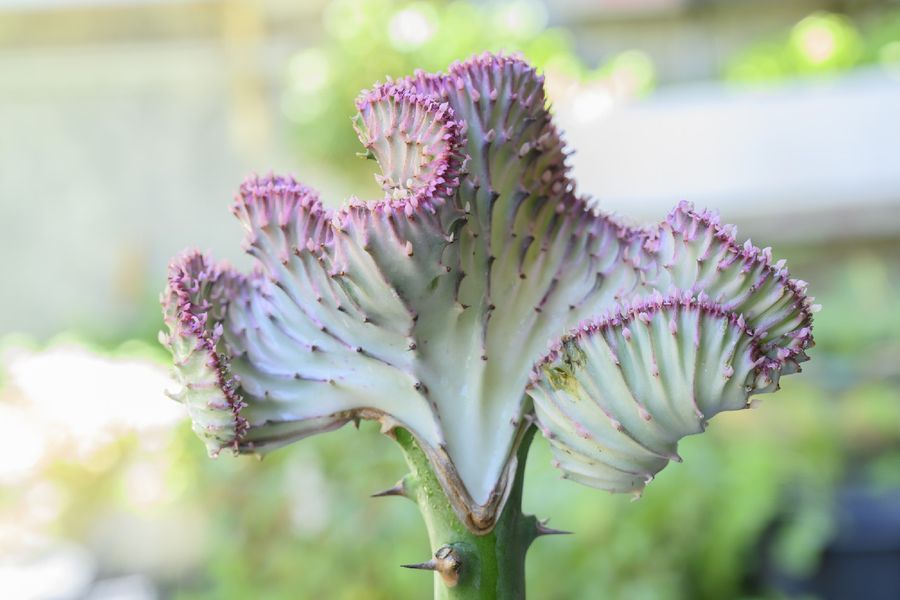Why are Succulents So Special?
Succulents are undeniably intriguing, providing an endless source of fascination with their wide variety of shapes, sizes, and colors. These drought-tolerant wonders possess an innate ability to adapt, survive, and thrive in challenging environments where most plants would struggle. But there is more to these captivating plants than meets the eye. Have you ever wondered why some succulents develop crested growth or why the leaves of certain species curl in peculiar ways? The unique morphological changes we observe in succulents are often responses to specific conditions, be they environmental, genetic, or health-related. Join us on this exploration of these changes, as we dive deep into the mysterious world of succulents.








